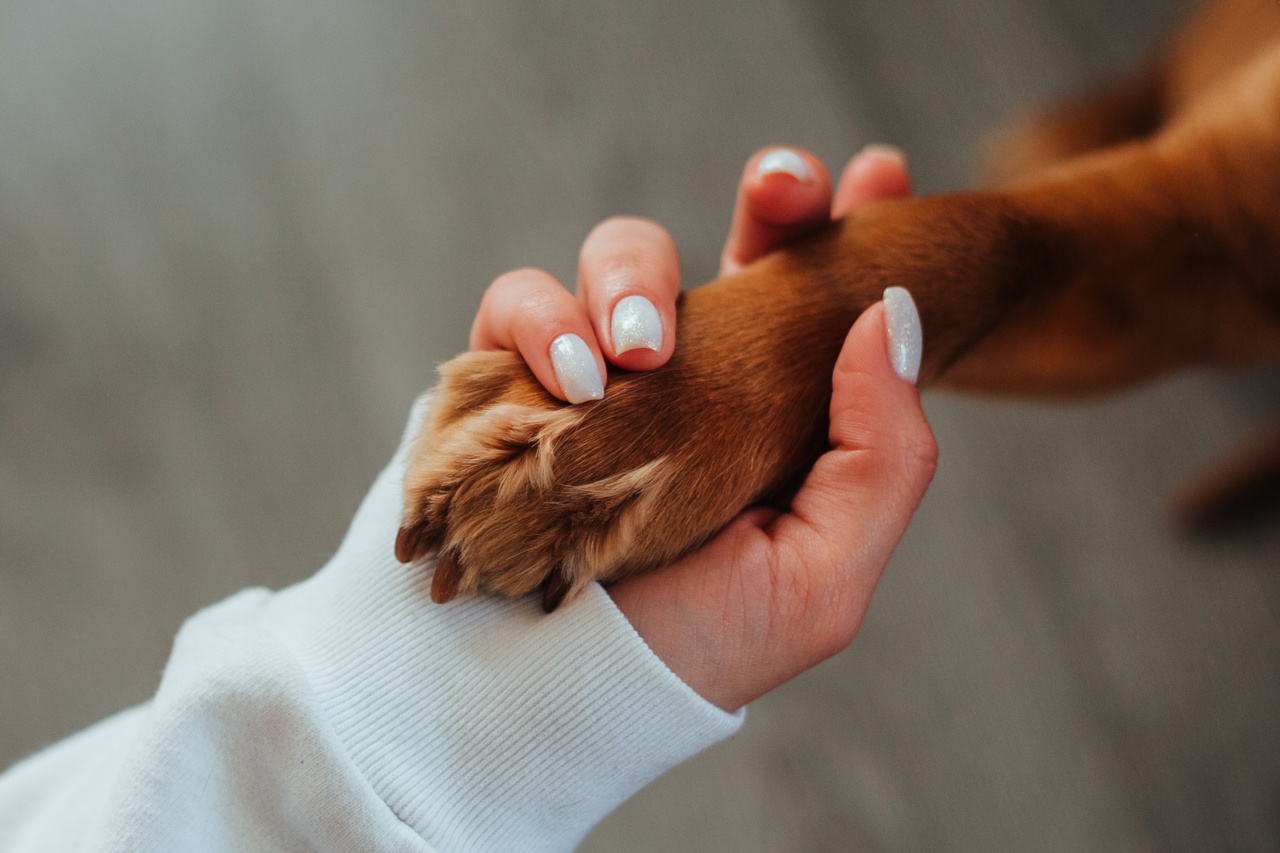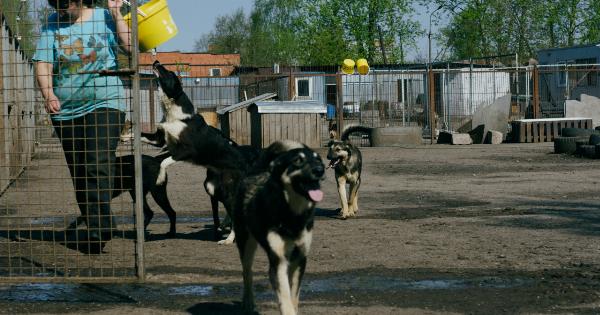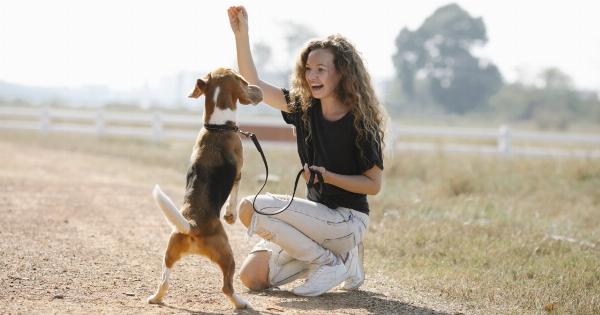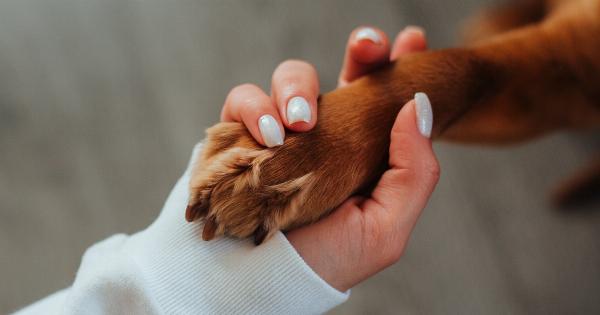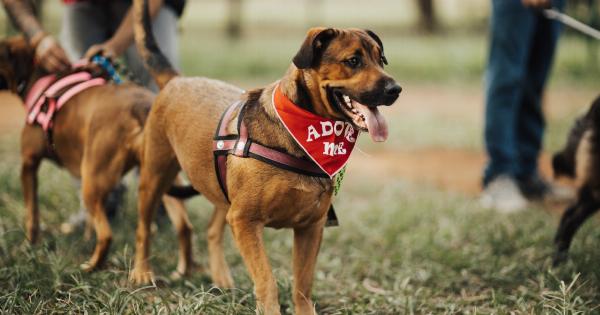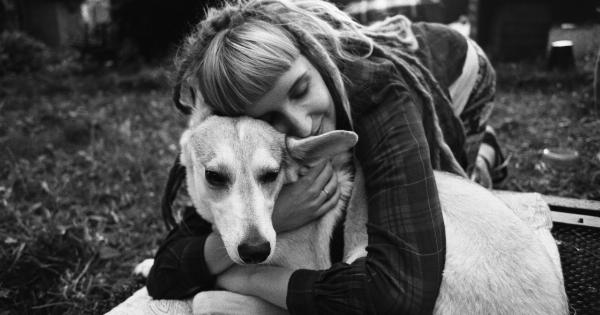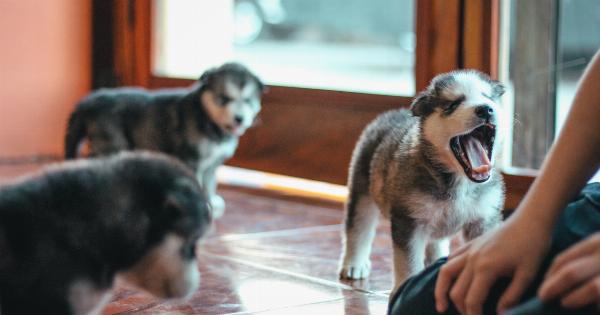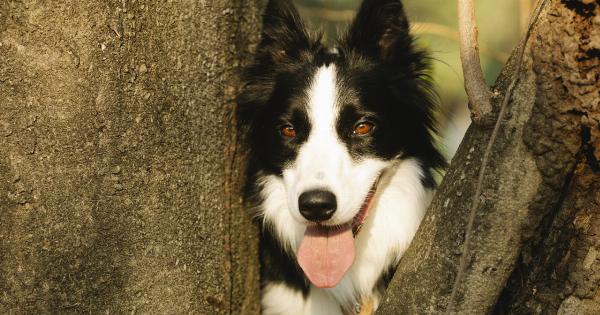Training your dog can be a challenging but rewarding experience.
While there are various methods and techniques to teach your furry friend new skills and behaviors, incorporating playtime into the training process can make it more enjoyable for both you and your dog. Playtime not only provides physical exercise but also mental stimulation, allowing your dog to learn and practice new commands in a fun and interactive way.
In this article, we will explore the benefits of using playtime as a training tool and discuss different games and activities that can be used to teach your dog essential skills.
The Benefits of Playtime Training
1. Bonding: Playing with your dog strengthens the bond between you and your furry companion. It builds trust and establishes a positive relationship, making your dog more receptive to learning and following your commands.
2. Mental Stimulation: Playtime engages your dog’s mind, keeping them mentally stimulated. When dogs are mentally stimulated, they are less likely to engage in destructive behaviors driven by boredom.
3. Physical Exercise: Playtime provides an opportunity for your dog to burn off excess energy and stay physically fit. Regular exercise is essential for maintaining overall health and preventing obesity in dogs.
4. Positive Reinforcement: Incorporating playtime into training allows you to reward your dog for good behavior. Positive reinforcement is a powerful tool in dog training, as it motivates dogs to repeat behaviors that result in pleasant outcomes.
Choosing the Right Toys for Playtime Training
When it comes to playtime training, choosing the right toys is crucial. Here are some considerations to keep in mind:.
1. Size and Durability: Select toys that are appropriately sized for your dog, ensuring they can play with them safely. Additionally, opt for toys that are durable and can withstand your dog’s chewing habits.
2. Interactive Toys: Look for toys that encourage interaction and problem-solving. Toys that dispense treats or require your dog to solve a puzzle can provide mental stimulation during playtime.
3. Variety: Introduce a variety of toys to keep playtime exciting and prevent boredom. Rotating toys can maintain your dog’s interest and make playtime more engaging.
Games and Activities for Playtime Training
1. Fetch: Fetch is a classic game that can be used to teach your dog the “fetch” command. Start by tossing a toy a short distance and encouraging your dog to retrieve it.
Gradually increase the distance and reward your dog for bringing the toy back.
2. Hide and Seek: Hide and seek is an excellent game for teaching your dog to come when called. Start by hiding in a nearby location and calling your dog’s name. When they find you, reward them with praise and a treat.
3. Tug-of-War: Tug-of-War is a great game for teaching your dog self-control. Teach your dog to “drop” or “leave it” when playing. This game helps reinforce impulse control and obedience.
4. Agility Training: Set up an agility course in your backyard or a local park using items like cones, tunnels, and jumps. Use treats and positive reinforcement to guide your dog through the course, teaching them agility skills while having fun.
5. Nose Work: Utilize your dog’s keen sense of smell by engaging them in nose work games. Hide treats or toys around your house or backyard and encourage your dog to find them.
This activity provides mental stimulation and taps into their natural instincts.
6. Trick Training: Incorporate playtime into trick training sessions. Teach your dog fun tricks such as “roll over” or “shake hands” using treats and positive reinforcement.
Not only does trick training stimulate their mind, but it also impresses friends and family.
7. Water Games: If your dog enjoys swimming, water games can be a great way to combine exercise and training. Play games like “find the toy” in the water, teaching your dog to retrieve submerged toys.
8. Name That Toy: Teach your dog the names of their toys by using specific commands for each toy. Encourage them to fetch a specific toy by calling its name. This game strengthens the bond between command words and objects.
9. Basketball: Teach your dog to shoot hoops by using a child-sized basketball hoop. Start by guiding them to place their paws on the ball, gradually raising it higher until they learn to put the ball through the hoop.
This game is both mentally and physically stimulating.
10. Musical Chairs: Set up a row of chairs and place treats or toys on each chair. Walk around the chairs with your dog and play music. When the music stops, your dog must sit on a chair with a treat or toy.
This game improves your dog’s impulse control and strengthens their ability to listen to commands.
Conclusion
Training your dog through playtime offers numerous benefits, including bonding, mental stimulation, physical exercise, and positive reinforcement.
By incorporating games and activities into your training routine, you can make the learning process enjoyable for both you and your furry friend. Remember to choose the right toys, tailor the games to your dog’s individual needs, and always use positive reinforcement to reward desired behaviors.
With patience, consistency, and lots of playtime, you can successfully train your dog while having fun together.
